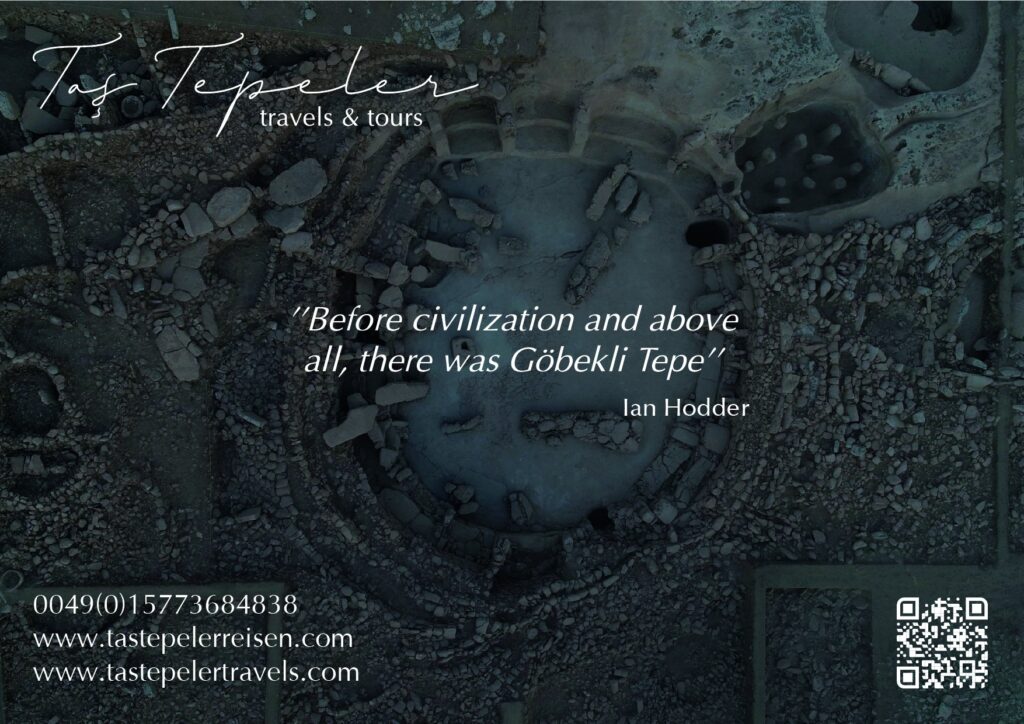
ABSTRACT Stone is often regarded as the ideal medium for the long-term preservation of knowledge, as it is resistant to change. Early to middle Pre-Pottery Neolithic Göbekli Tepe in southeastern Turkey has repeatedly been treated as a prime example for such external memorial storage in durable stone. The present paper challenges this view. A close examination of pillars and their reliefs in Building F reveals the fluid character of imagery with repeated and frequent phases of erasure and re-making. It is argued that it is not the durability of stone that made it suitable for the preservation of ‘cultural memory’, but the possibility to re-shape the image carriers continuously over a long period of time, which resulted in processes of transmission, learning and memorization.


